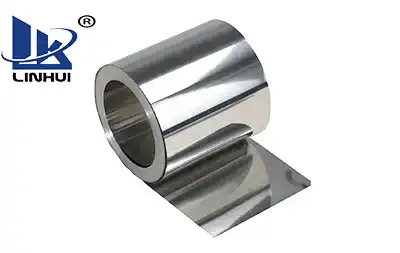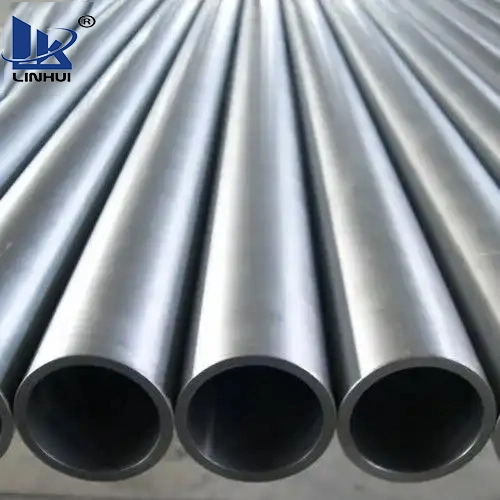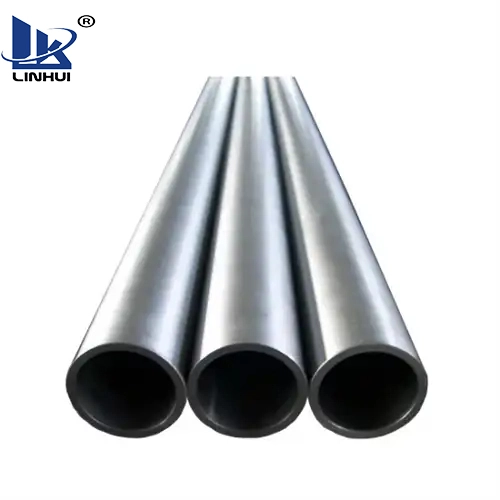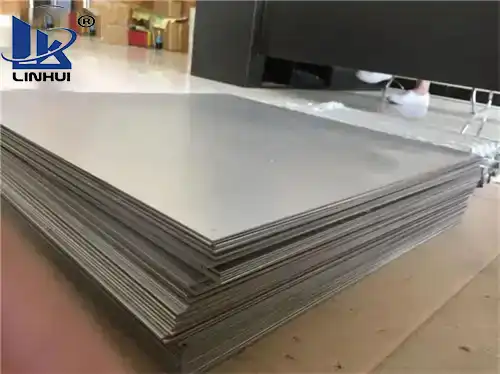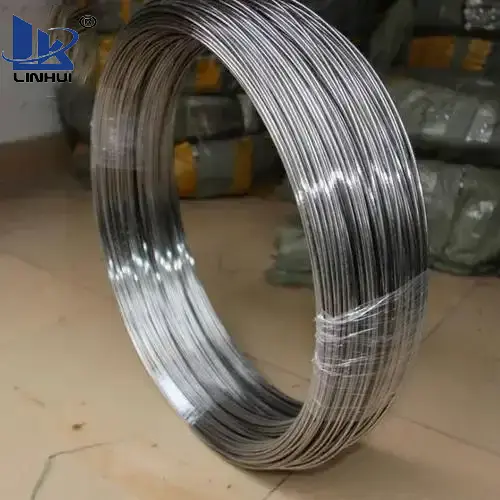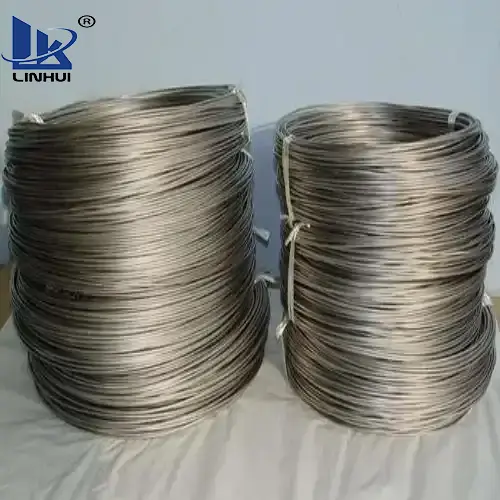Stuffing box type heat exchangers because of the characteristics of the tube bundle can be withdrawn, and easy access and maintenance, are favored by the majority of users, more and more users choose to use stuffing box type heat exchangers and the use of seawater cooling stuffing box type heat exchanger in the heat exchanger tube is mostly used titanium tubes, mainly because titanium has excellent corrosion resistance to seawater.
In practice, titanium welding deformation, calibration difficulties, especially when the Chin is cold working, easy to produce cracks; and bending deformation, elastic rebound, not easy to get the right shape, its cold work hardening tendency to strengthen the degree of deformation with the deformation rate and intensify, and deformation rate of the limit degree and quality of the processed parts have a great impact. Due to the existence of many defects in titanium, making titanium equipment is more unfavorable to rework, and sometimes even the more rework, the worse the actual results of the situation. For these characteristics of titanium, in order to ensure its process performance, the technical conditions of titanium equipment are extremely strict, in addition to the composition of raw materials, manufacturing, assembly, testing methods, and other requirements, but also in accordance with the category of titanium equipment to put forward special manufacturing requirements, and in strict accordance with the manufacturing process regulations for processing and manufacturing.
Stuffing box-type titanium tube heat exchanger structure features
Due to the expensive price of titanium, the traditional packing box type titanium tube heat exchanger in the heat exchanger tube selection of titanium, while the tube plate selection of titanium steel composite plate. Due to the neodymium and steel with non-weldable properties, resulting in titanium tube heat exchanger
manufacturing difficulties, the stuffing box type heat exchanger tube box usually does not use titanium steel composite plate, but the use of carbon steel or low alloy steel tube box lining program as a whole, which is to save costs and reduce the processing difficulties.
In order to reduce manufacturing costs and reduce processing and manufacturing difficulties, in the traditional stuffing box type titanium tube heat exchanger design program, where not in contact with seawater is not used in the part of the Chin material, the heat exchanger floating tube plate at the tube plate skirt is usually made of carbon steel, which can be avoided to avoid the welding of titanium and carbon steel, but also to reduce costs.
Although the traditional stuffing box type titanium tube heat exchanger structure design program reduces the cost and manufacturing difficulties, but also a serious equipment leakage problems.
Currently, the most common leakage phenomenon occurs in the floating tube plate seal leakage, according to user feedback, the traditional structure of the stuffing box type titanium tube heat exchanger in the floating tube plate at serious corrosion. Analyze the reason, mainly due to the packing in the process of being pressed, resulting in floating tube plate carbon steel partially exposed in the packing outside, in the sealing of the floating tube plate and inserted into the gap between the tube box, seawater and carbon steel part of the direct contact, resulting in the rapid corrosion of seawater, resulting in heat exchanger leakage, and carbon steel is extremely intolerant of seawater corrosion. Part of the information shows that when seawater is directly in contact with carbon steel, floating tube plate carbon steel part in a very short period of time will be corroded off, in serious cases, the corrosion of the remaining only thin titanium part. Once the above leakage appears, it is very difficult to repair, even if the equipment corrosion at the beginning of the maintenance can be found in time through the maintenance and repair of corrosion at the patch welding repair, due to various conditions and the characteristics of the metal welding, after repairing the operation of the equipment will be in a short period of time again a large area of corrosion, the equipment at any time there is a risk of leakage. Packing box type titanium tube heat exchanger Once the carbon steel part is corroded because of leakage, in order to eradicate the danger, the must be replaced by the equipment.
Another common leakage is caused by the rupture of titanium tubes, and the rupture of titanium tubes is usually because the heat exchanger tube is scratched, bruised, and other reasons. Because of the high price of titanium, in order to reduce costs, the titanium tube heat exchanger selected by the heat exchanger tube wall thickness is usually thin, generally 0.5mm or so. In such leakage cases, often found in the heat exchanger tube box there are a large number of large particles of sand and gravel or even shells and so on, analyze the reasons, mainly in practice, containing a large number of sundry seawater in the heat exchanger tube flow, very easy to cause scratching or abrasion of titanium tubes, in addition to affecting the effect of heat transfer, the heat exchanger life is also greatly reduced, so that the very thin titanium tubes ruptured prematurely, resulting in leakage. Due to structural reasons and difficulty to clean up and other environmental conditions, the patch welding repair is more difficult, only the sealing of the leaking tube orifice solves the leakage problem, seriously affecting the heat exchanger heat transfer effect.
The third common leak is mainly titanium tube joints and tube plate connection problems caused by the main reason for this kind of leakage is the welding quality problems or heat exchanger tube vibration caused by the destruction of the tube joints caused by the repair is very difficult.
In order to avoid the destruction of the titanium heat exchanger tube, the manufacturer of the heat exchanger tube should take protective measures, especially in the process of threading the tube, and careful operation, to avoid scratching the heat exchanger tube. In addition, after the titanium tube heat exchanger is put into production, in order to achieve safe operation, it should be operated, maintained, and used correctly according to the standards and use requirements. In order to prevent large particles of impurities from entering the heat exchanger tube, users should set up filtration devices on the seawater pipeline, and clean and replace them regularly, so as to minimize the scratches and abrasion of the titanium tube caused by large particles of impurities, improve the service life of the titanium heat exchanger tube, and prevent it from rupturing prematurely, which would result in the leakage of the equipment.






